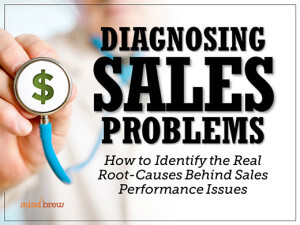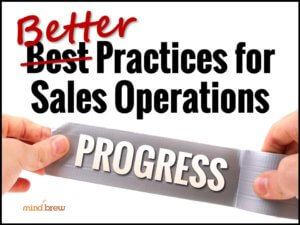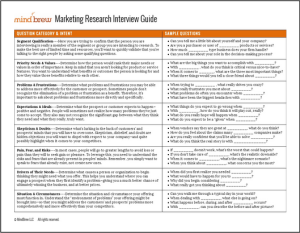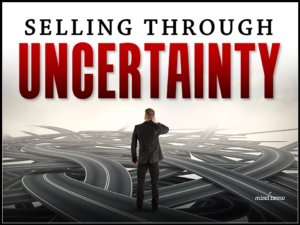A few years ago, there was a very popular TED talk about a simple “hack” for overcoming challenges in your life by…drumroll please…changing your posture.
Got financial problems? Career going nowhere? Relationships on the rocks? No problem! Just spend a few minutes each day in a “power pose” and everything gets better! Yep, it’s that easy! Just pretend you’re a superhero for a few minutes—stand tall, back straight, chin out, with your arms crossed or your hands on your hips—and your problems and challenges don’t stand a chance!
Quite a stretch, I know. But at the time, a lot of very smart people ate it up.**
The truth is that we humans love the idea of a quick fix. We really want to believe that we can make a complex problem go away if we just do something simple and obvious. And we’re sorely disappointed whenever we’re reminded that the real world doesn’t work that way.
“I just have to take this pill and I’ll lose weight? Yay, I love it! The fine print says I also have to eat right and exercise regularly? Boo, I hate it!”
Like it or not, our businesses are complex, inter-connected systems with complex, inter-connected problems. And as such, simple and obvious “quick fixes” are just not in the cards we’ve been dealt. In fact, as we highlight in the Diagnosing Sales Problems webinar, we have to get comfortable with a couple of dynamics:
- A visible or apparent problem in one area is often caused by obscured problems or unrecognized deficiencies in other areas.
- Multiple deficiencies across other areas will often combine and compound to produce a much larger and more obvious effect.
So…the true root cause may not be obvious…or even proximal…and in all likelihood, there will actually be more than one root cause behind any given problem!
But while our situation may not be conducive to quick fixes, we don’t have to resign ourselves to onerous solutions, either. There’s a lot of middle ground. In fact, we can turn the inherent compounding dynamic to our advantage. We can tackle multiple root causes at the same time, with even relatively small tweaks, and see those little improvements combine and compound to produce a magnified result.
Granted, dealing with reality will never be as appealing as a “hack” or a quick fix. But if we want to address sales problems once and for all, there really is no other option.
That said, there’s nothing stopping you from dealing with reality…from a power pose! 🙂
** At the time, the presenter supported their assertions with the results of a scientific research study. This study has since been discredited, both in method and interpretation. While it’s certainly possible that this talk was so popular because a lot of very smart people were misled by the original research, it seems more likely that a lot of smart people simply wanted to believe the assertions…and the research merely provided the rationale.













